Research progress in preparation of hydroxyapatite coatings by electrophoretic deposition
DOI: 10.23977/jmpd.2023.070207 | Downloads: 19 | Views: 1297
Author(s)
Lisha Ma 1,2, Jiyuan Liu 1,2, Huiyu He 1,2
Affiliation(s)
1 Department of Prosthodontics and Dental Implantology, The First Affiliated Hospital of Xinjiang Medical University (Affiliated Stomatological Hospital), Urumqi, Xinjiang, 830054, China
2 Xinjiang Uygur Autonomous Region Institute of Stomatology, Urumqi, Xinjiang, 830054, China
Corresponding Author
Huiyu HeABSTRACT
The composition of hydroxyapatite (HA) is similar to human bone and teeth. After implantation into human body, its hydroxyl (OH) forms chemical bond with bone cells, and has good biological activity and biocompatibility. It is considered to be the best biomedical material for replacing human hard tissue. Electrophoretic deposition (electrophoretic deposition, EPD) is a new kind of coating preparation method, it can solve the traditional biological ceramic coating preparation technology on the various deficiencies, the paper introduced the domestic and foreign studies of hydroxyapatite coating of electrophoretic deposition. In this paper, the process flow of electrophoretic deposition method and the possible failure reasons are summarized, and various influencing factors are discussed in detail, and the corresponding ideas and prospects are put forward.
KEYWORDS
Hydroxyapatite; bioceramic coating; electrophoretic depositionCITE THIS PAPER
Lisha Ma, Jiyuan Liu, Huiyu He, Research progress in preparation of hydroxyapatite coatings by electrophoretic deposition. Journal of Materials, Processing and Design (2023) Vol. 7: 47-53. DOI: http://dx.doi.org/10.23977/jmpd.2023.070207.
REFERENCES
[1] Wirezbichi A, Cheung H S. Molecular modeling of inhibition of hydroxyapatite by phosphocitrate [J]. J Mol Struct (Theochem), 2000(509): 73-82.
[2] Zhang J M, Lin C J, Feng Z D, et al. Mechanistic studies of electrodeposition for bioceramic coatings of calcium phosphates by an in situ pH- microsensor technique[J]. Electroanal Chem, 1998(452): 235--240.
[3] Qian Guodong. Wang Minquan. Mater Sci Eng (in Chi-nese), 1995. 13(1): 16-20, 11.
[4] Zheng X B. Xie Y T. Progress on biomedical ceramic coatings prepared by thermal spraying [J]. Inorg Mater, 2013, 28 (1): 12
[5] Zhu Qingxia, Feng Qing, Wang Heping. Review on preparation and research progress of hydroxyapatite ceramics coating [J]. Chin Ce-ram, 2008, 44(3)
[6] Zhang C, Leng Y, Chen J. Elastic and plastic behavior of plasma-sprayed hydroxyapatite coatings on a Ti - 6A1 - 4V substrate[J]. Biomaterials, 2001, 22: 1 357—1 361.
[7] Chang C, Huang J, Xia J, etal. Study on crystallization kinetics of plasma sprayed hydroxyapatite coating [J]. CeramInt, 1999:25:479--483.
[8] Xu Shuhua, Wang Yingjun, Luo Chengping. Mater Rev(in Chinese). 2002. 16(1): 48-50.
[9] Weng F, Chen C, Yu H. Research status of laser cladding on titanium and its alloys: A review [J]. Mater Des, 2014, 58 (0) :412
[10] Zheng M, Fan D, Li X K, et al. Microstructure and in vitro bioac-tivity of laser-cladded bioceramic coating on titanium alloy in a simulated body fluid [J]. Alloys Compd, 2010, 489(1):211
[11] Xiaowei L, Lin X, Guan T, et al. Effect of the mass, ratio of CaCO. to CaHPO1 • 2H2O on in situ synthesis of hydroxyapatite coating by laser cladding [J]. Rare Met Mater Eng, 2011, 40(1) :22
[12] Liu Dm. Yang Q, Troczynshi T. Sol - gel hydroxyapatite coatings on stainless steel substrates [J]. Biomaterials, 2002. 23:691--698
[13] Shi Jianmin. Ding Chuanxian, Wu Yihua. J Inorg Mater(in Chinese). 2001, 16(3): 515-521.
[14] Yen S K, Lin C M. Cathodic reactions of electrolytic hydroxyapatite coating on pure titanium [J]. Mater Chem Phy, 2002, 77: 70-76.
[15] Wei Milthorpe Cc. cral. Solution ripe-ning of hydroxyapatite nanoparticles: effects on electrophoretic depositionL [J]. Biomed Mater Res, 1999, 45 (1):11-19.
[16] Chen Fei, Jiang Sheng, Wang Zhoucheng, et al. In: 11th National Electrochem Conference Theses (in Chinese). Nanjing, China: Cs. n. J, 2001. F026.
[17] Zhang Sumin, Xu Jing. Zhang Liang, et al. Causes assessment and precautions of 1309 case reports related to orthopedics implants [J]. Mod Instrum, 2011, 17(3): 36(3) :36
[18] Wang Feng, Chen Dongyang, Qiu Xusheng, et al. Clinical analysis and prevention from coating shedding of uncemented hip prosthesis[I]. Chin J Orthop Traumatol, 2009, 22(6):413
[19] Ahmed A, Mhaede M, Wollmann M, et al. Characteristics of sintered HA coating deposited by chemical method on AISI 316L substrate [J]. Mater Des, 2015, 76; 9
[20] Zhang S, Xianting Z, Yongsheng W, et al. Adhesion strength of sol-gel derived fluoridated hydroxyapatite coatings [J]. Surf Coat Tech-nol, 2006, 200 (22-23): 6350
[21] Zhang Z, Dunn M F, Xiao T D, et al. Nanostructured hydroxyapatite coatings for improved adhesion and corrosion resistance for medi-cal implants [M]//MRS Online Proceeding Library. UK: Cambridge University Press, 2001: 703
[22] Bao Yumei, Xu Jingshun, Gao Haiming, et al. Tribological behavior of plasma-sprayed yttria stabilized ZrO, reinforced hydroxyapatite coatings in bovine Serum [J]. Acta Mater Compos Sin, 2015, 32(6):1777
[23] Bakhsheshi-Rad H R. Hamzah E, Daroonparvar M, et al. Fabrication and corrosion behavior of Si/HA nano-composite coatings on biodegradable Mg-Zn-Mn-Ca alloy [J]. Surf Coat Technol, 2014, 258; 1090
[24] Lee C K. Fabrication, characterization and wear corrosion testing of bioactive hydroxyapatite/ nano-TiO, composite coatings on anodic Ti-6Al-4V substrate for biomedical applications [J]. Mater Sci Eng B, 2012, 177 (11) :810
[25] Li H, Khor K A. Chang P. Adhesive and bending failure of thermal sprayed hydroxyapatite coatings: Effect of nanostructures at interface and crack propagation phenomenon during bending [J]. Eng Fract Mech, 2007, 74 (12): 1894
[26] Guo Jiayong. Hydroxyapatite-coated hip prosthesis in primary total hip arthroplasty, a meta-analysis [D]. Hefei: Anhui Medical Uni-versity, 2014
| Downloads: | 4090 |
|---|---|
| Visits: | 253594 |
Sponsors, Associates, and Links
-
Forging and Forming

-
Composites and Nano Engineering
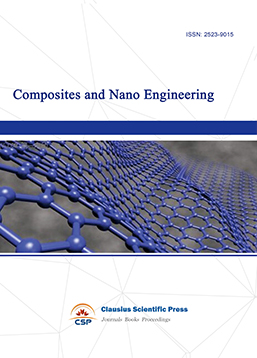
-
Metallic foams
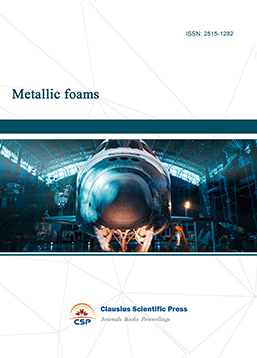
-
Smart Structures, Materials and Systems

-
Chemistry and Physics of Polymers
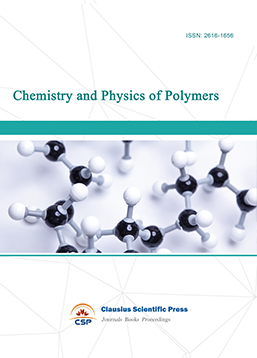
-
Analytical Chemistry: A Journal
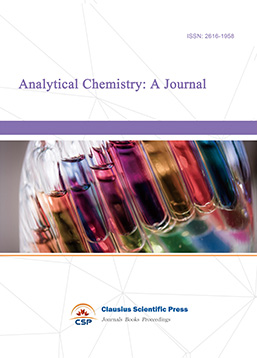
-
Modern Physical Chemistry Research
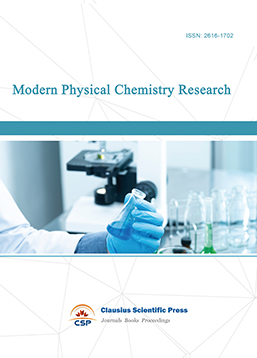
-
Inorganic Chemistry: A Journal

-
Organic Chemistry: A Journal
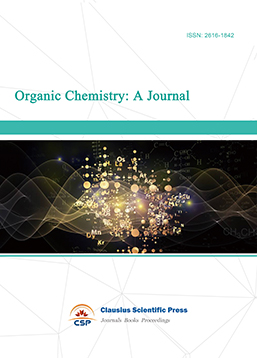
-
Progress in Materials Chemistry and Physics

-
Transactions on Industrial Catalysis
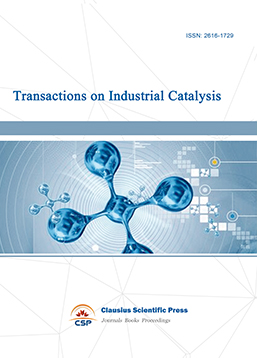
-
Fuels and Combustion

-
Casting, Welding and Solidification
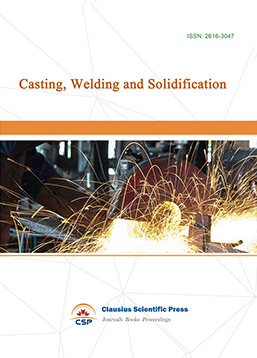
-
Journal of Membrane Technology
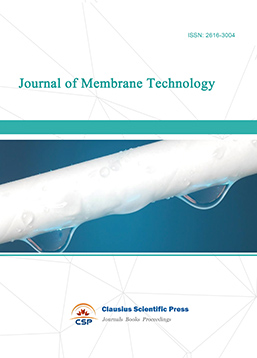
-
Journal of Heat Treatment and Surface Engineering
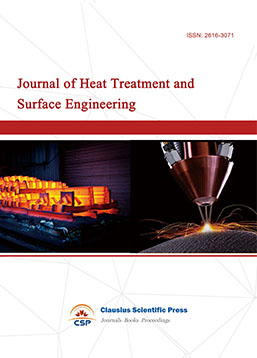
-
Trends in Biochemical Engineering

-
Ceramic and Glass Technology

-
Transactions on Metals and Alloys
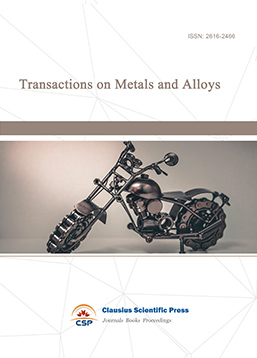
-
High Performance Structures and Materials
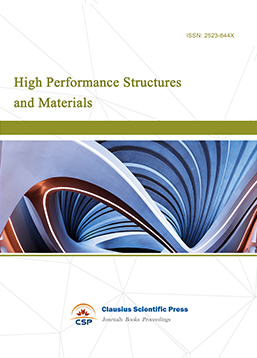
-
Rheology Letters

-
Plasticity Frontiers

-
Corrosion and Wear of Materials

-
Fluids, Heat and Mass Transfer

-
International Journal of Geochemistry
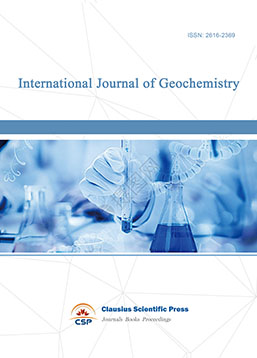
-
Diamond and Carbon Materials
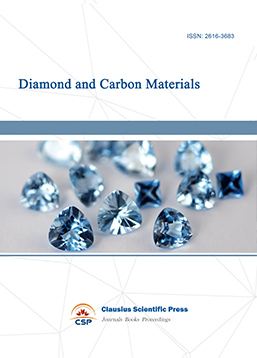
-
Advances in Magnetism and Magnetic Materials
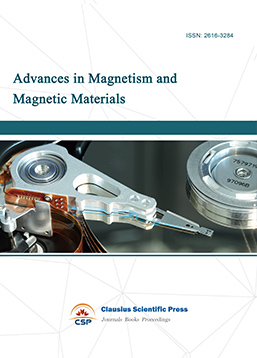
-
Advances in Fuel Cell

-
Journal of Biomaterials and Biomechanics
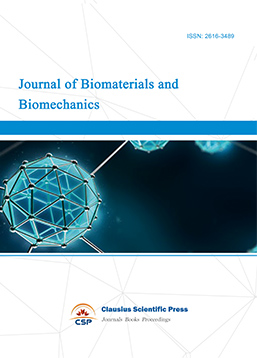

 Download as PDF
Download as PDF